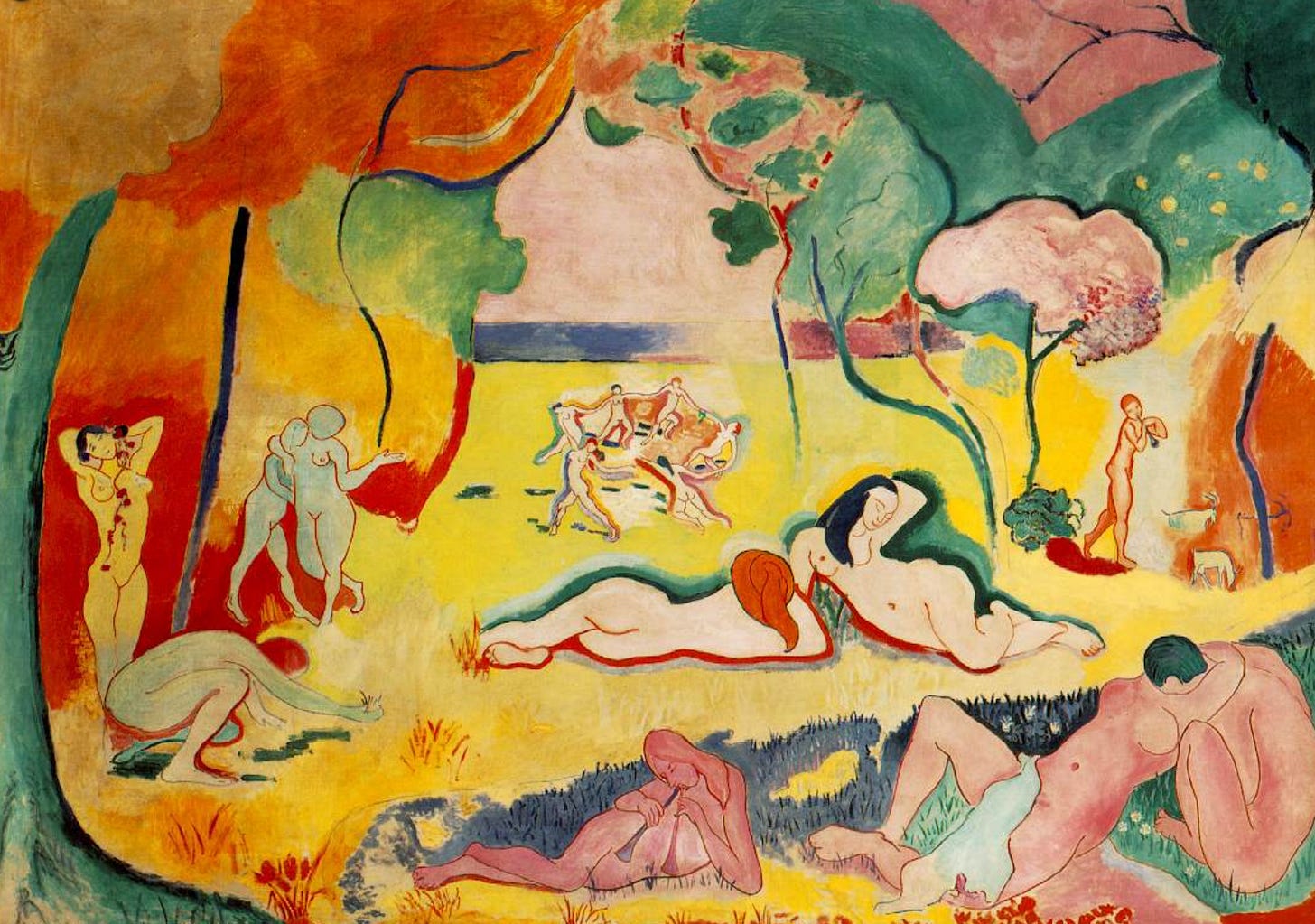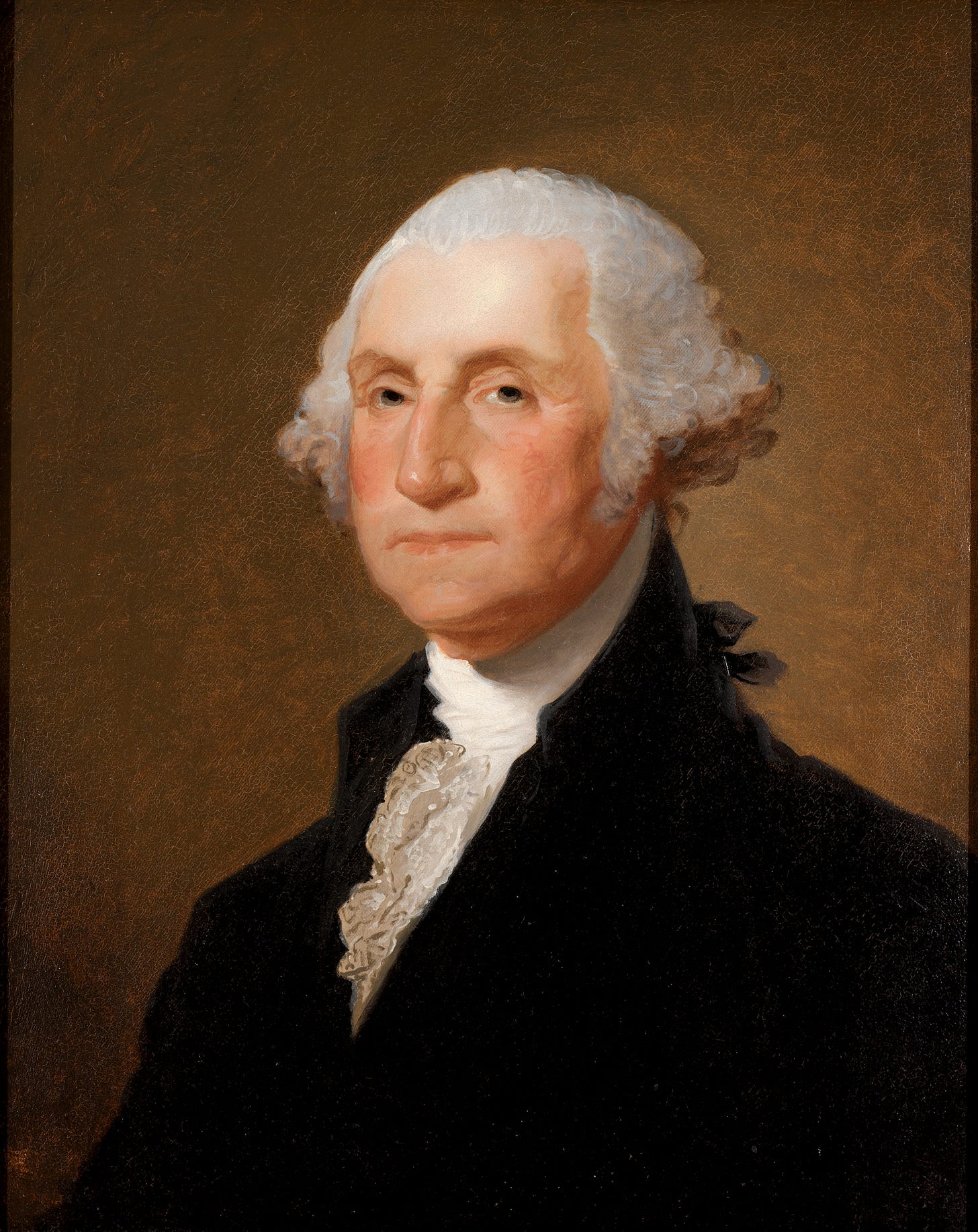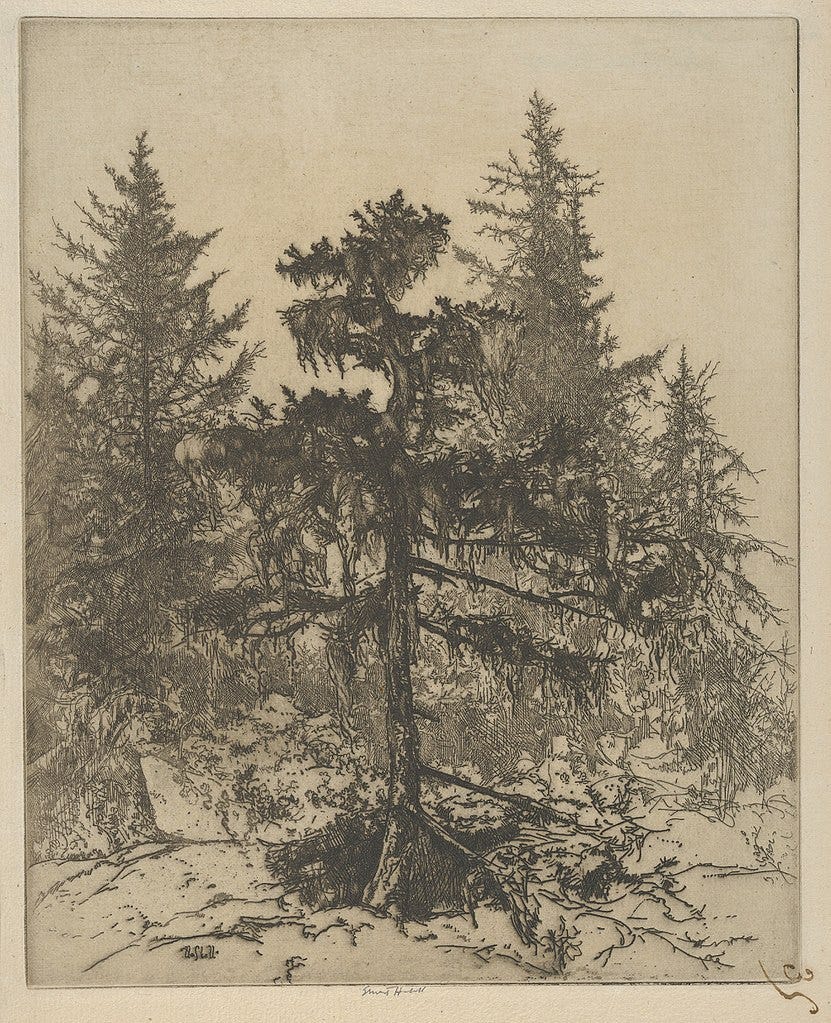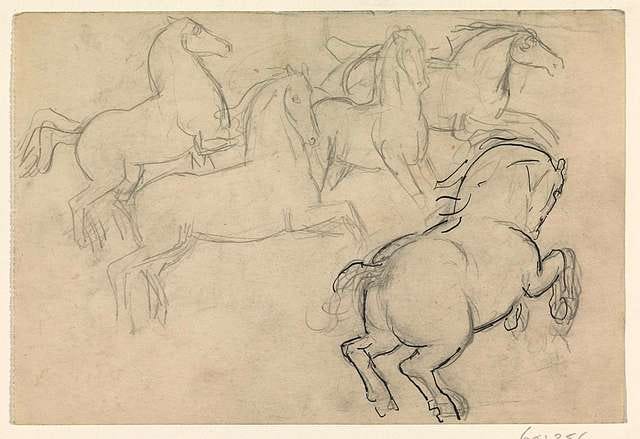Around 2015-2016, I noticed a pattern on Instagram in which many stores and brands were selling “vintage” or “antique” works of art and offering them as digital downloads or gyclées. I posted my take on it on IG, and thought I could re-publish my opinion piece on my Substack. So here it goes!
This topic can get quite extensive, this post is an easy, surface level insight.
Disclaimer: I am NOT a lawyer.

Context
I have seen a lot of shops/brands selling vintage or antique works of art that are typically offered as:
1) a digital download to print yourself
2) a print/printed canvas (sometimes, already framed)
Some of these brands are charging high prices for these. I also noticed that there is rarely any description about the art or who made it. No provenance or attribution. They don’t provide such information because they are using public domain art (or open access images) and selling them as theirs. But a lot of people do not know this.
Public domain includes any creative materials that is no longer protected by intellectual property laws, like copyright or patent. It also means that anyone can use a public domain work without needing/obtaining permission. If you want to further explore public domain, look up Creative Commons 0 (or CC0).
Here is where I have a problem…I find it unethical that brands are making money off of publicly, free, accessible material, and charging people for it.
Examples of brands/sites that have done this (and are still doing it):
Magnolia
Mcgee & Co.
North & Finch
Some Etsy shops
Museum Quality Art
and many others.
Examples I took from 2016
Funny enough, these examples I had share back in 2016 (or so), are now not being sold by either websites mentioned below. I wonder why?
North & Finch
Was selling: “George Washington”, digital download, 8” x 10”, for $29 +tax.
Available for FREE download here. From RISD Museum Metropolitan Museum of Art, Gilbert Stuart, Portrait of George Washington (ca. 1805).
McGee & Co.
Was selling: “The Wave”, framed, wrapped canvas, 16” x 14”, for $248 +tax.
Available for FREE download here. From the Metropolitan Museum of Art,
Gustave Courbet, La Vague (1869-1871).
When I contacted the Mcgee & Co’s customer service about the wrapped canvas they were selling, they were unable to tell me about the origins of the painting or the artist. They responded as such:
“I have contracted our director of product and she is unable to confirm that there is a name on this item. Unless it is listed, it is a general print.”
— Mcgee & Co. customer service
2024 Examples
Magnolia
Selling: “Tall Trees II”, framed paper print (medium not specified), 22" x 36", for $318 +tax.
Available for FREE download here. From the Metropolitan Museum of Art,
Ernest Haskell, Moss Bride (1900-1925).
North & Finch
Selling: “Wild Horses”, framed, print on archival paper, 36" x 24", for $546 +tax.
Available for FREE download here. From the Rijksmuseum, Leo Gestel, Galloping Horses (1900-1925).
McGee & Co.
Selling: Gray Clouds, framed, printed canvas, 60" x 47", for $1,450 +tax.
Available for FREE download here. From the Yale Center for British Art, John Constanble, Cloud Study (1822).
MORAL OF THE STORY?
I suggest you do your research, search what you like, use Google (even AI) as your search database. Once you know what to look for, you can find a work of art you like, download it in high resolution for FREE, have it printed and frame it.*
*I can write a different post that provides tips for printing and/or framing your public domain art work.
I should add that the sites I listed above as examples, do offer works of art that were exclusively created to be sold on their website. Those works are properly accredited with the name of the artist.
Ok, so where do I find free art?
There are so many resources! Check out the following to get started:
and many more!
That’s all folks! I hope this was insightful and helpful. Let me know if I should do a post on printing/framing tips. Or feel free to leave a comment below!
GLOSSARY:
Gyclée is a fancy way of saying a high-quality photo copy. It's like taking a picture of a painting and printing it on special paper to make it look as close to the original as possible.
Provenance is the history of an item, including its origin, ownership, and any significant events or modifications it has undergone. It provides a comprehensive record that establishes authenticity, value, and context.
Public domain means a work is no longer protected by copyright. Anyone can use it freely. Examples include classic literature and historical documents.
CC0 (Creative Commons zero) is a public domain dedication. This means the creator has waived all their copyright rights, allowing anyone to use the work freely.
Copyright protects original artworks and gives the creator exclusive rights to reproduce, distribute, and display their work. Without permission, others cannot copy, sell, or exhibit the artwork.









